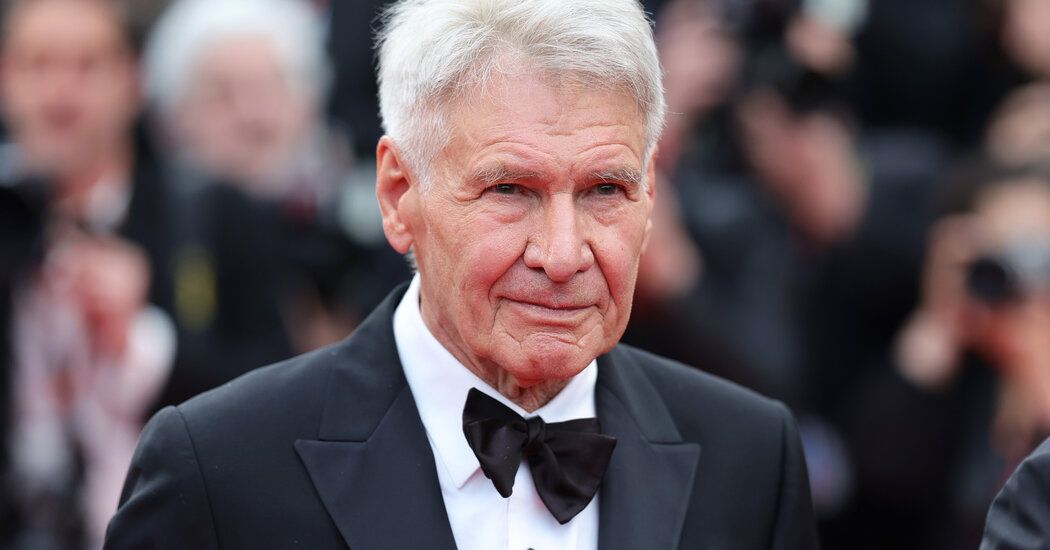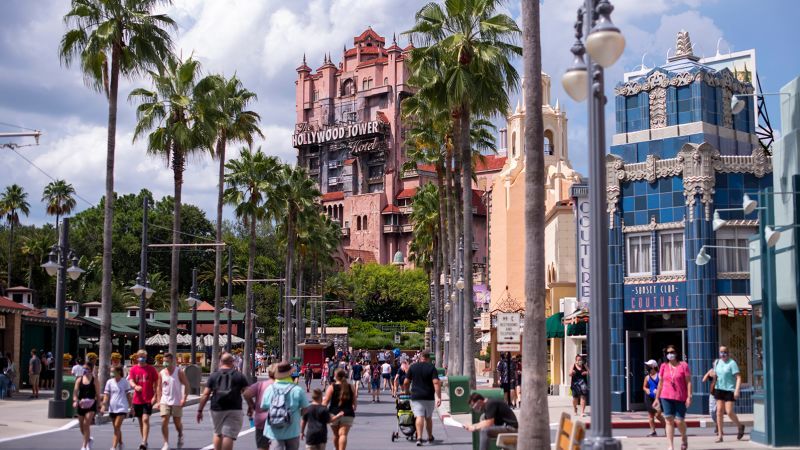‘Indiana Jones and the Dial of Destiny’ Premieres at Cannes
“I’m very touched, I’m very moved by this,” Ford said. “They say that when you’re about to die, you see your life flash before your eyes. And I just saw my life flash before my eyes — a great part of my life, but not all of my life. My life has been enabled by my lovely wife,” he continued, looking out into the audience at Calista Flockhart. He then told the attendees that he loved them — people shouted, “We love you!” in return — and after a few more sweetly gruff words, Ford reminded the room that “I have a movie you ought to see.”
That movie, “Indiana Jones and the Temple of Doom” — oops, I mean “Indiana Jones and the Dial of Destiny” — was, alas, a disappointment and not just because a funny, misty-eyed and charming Harrison Ford proclaiming his love in the flesh to fans is a tough act to follow. One problem is that the movie itself plays like a greatest-hits reel. It’s stuffed with Nazis, chase sequences, explosions, crashes and what seems like almost every adventure-film cliché that the series has deployed and recycled since it began, though unlike the Cannes reel, there’s nothing snappy about this 154-minute slog.
It’s too bad. Ford certainly deserves better, and the director James Mangold can do better. (He shares script credit with Jez Butterworth, John-Henry Butterworth and David Koepp.) Mangold has toggled between Hollywood and indiewood throughout his career, with credits that include “Cop Land,” an indie crime drama with Sylvester Stallone, and “Logan,” one of the finest Marvel-superhero movies. “Logan” was especially striking simply because Mangold managed to put his own stamp on material that all too often is so deliberately generic and industrial that the results could have come off an assembly line.
“The Dial of Destiny” — the title alone didn’t bode well — isn’t terrible. It’s at once overstuffed and anemic, both too much and not nearly enough. It’s also wildly unmodulated for roughly the first half. It opens in 1944 Europe with Indy being manhandled by Nazis amid a lot of choreographed chaos, his head covered in a cloth bag. When the bag comes off, it reveals a distractingly digitally de-aged Ford, looking kind-of-but-not-really like he looked in the first couple of films. A lot happens and happens again, mostly character introductions, explanations and stuff whirring rapidly.
The movie improves in the second half, slowing and quieting down enough for the actors to do more than run, grimace and shout. By then, the casting of Fleabag, a.k.a. Phoebe Waller-Bridge, as Indy’s latest partner-in-adventure makes sense, whether she’s quipping or flexing her action-chick muscles. She’s fun to watch, as are Mads Mikkelsen, Toby Jones and Antonio Banderas, who exit and enter with winks and sneers.
Source: The New York Times


